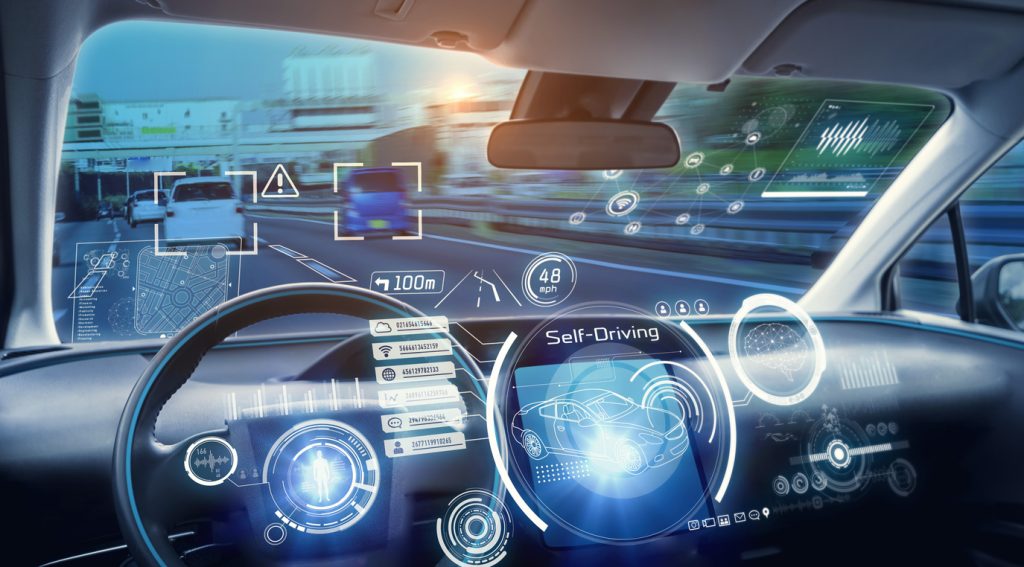Here at Connected World, we have been covering the automotive space for more than a decade. Certainly, we have been covering telematics in the enterprise space for just under three decades. But in the last 10-15 years we have seen the rise of the connected car aimed at consumers—and we are currently at a precipice where much is set to change in the industry, as all this car connectivity combined with autonomous driving tips toward early adopters. Let’s explore some of the biggest trends.
McKinsey & Co., has staked the claim that by 2030 roughly 95% of new vehicles sold globally will be connected. What’s more, around 45% of those vehicles will have intermediate and advanced connectivity. When looking specifically at self-driving vehicles, The Insurance Institute for Highway Safety suggests there will be 3.5 million self-driving vehicles on U.S. roads by 2025 and 4.5 million by 2030. Certainly, as this trend spurs along, there will be much to consider.
Automotive Trends to Watch
Connectivity in the car space was a big trend we saw at CES earlier this year too. Automotive took center stage. Now we see a new report from IDTechEx points to some big trends to watch, particularly in the next 10 years.
Some of these include:
- The rise of electrification will change how we power cars.
- Advances in automation will change how cars are driven.
- Connectivity and software definition will change how cars are monetized.
One of the biggest opportunities, according to the report, is connected and SDV (software-defined vehicles) will grow at a rate of 21.1% between 2024 and 2034, reaching a value of $700 billion. That’s around $400-500 per vehicle on the road. This will be driven by AI (artificial intelligence) assistants, in-vehicle payments, and more.
In one of the demonstration booths at CES earlier this year, an exhibitor pressed to make a purchase on a mock-up infotainment system; the camera showed their face for verification, and then the bank transaction could be seen on a separate screen. This wasn’t a faked example or charade, but real money moving between accounts, processed by what would be a car. IDTechEx says this example was demonstrating how a user could pay for an upgrade to access additional functionality, the feature-as-a-service model.
Certainly, we are already seeing many automotive companies making big moves in this space. Think Tesla and BMW. But soon this will likely reach greater and more mainstream adoption.
How This Changes Business
Surrounding all these changes will be global business changes that will need to follow. For instance, what does all this mean for the insurance industry? Will the traditional model of car insurance need to be adjusted to hold manufacturers or software developers liable for collisions caused by autonomous vehicles? Who will ultimately be responsible here?
These are precisely some of the questions the MarketWatch Guides team asked at the end of last year. Ultimately, here in the United States, the answer lies at the state level, as each one has its own set of regulations for insurance.
Naturally, insurance companies may also be considering new rules for coverage, as new technologies present new risks. Certainly, consumers can prepare for different policies in the future that take into considerations cybersecurity, AI, and more.
We might still be a decade away from having greater widespread adoption of full, level 5, automated vehicles on the road, but let’s keep in mind it was roughly a decade ago when we first started having many of these conversations. Much can change in 10 years, and with the rate of change, it’s always better to prepare sooner rather than later.
Want to tweet about this article? Use hashtags #IoT #sustainability #AI #5G #cloud #edge #futureofwork #digitaltransformation #green #ecosystem #environmental #circularworld

